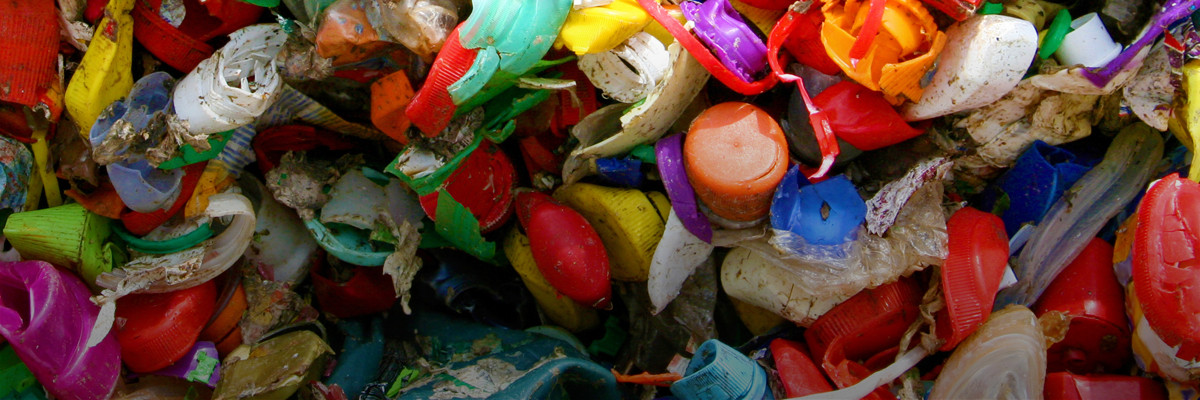
Authors
-
Paolo Fresia
Former Associate, BSR
It’s cheap, it’s multipurpose, and it’s a material that few companies can do without. But even though it's designed to be thrown away, plastic simply doesn’t go away.
The world is on the verge of a plastic waste crisis. Take Hong Kong as a case study: The city sends more than 60 percent of its plastic waste to landfills, which are forecast to fill up by 2016. Yet most of this plastic waste is in theory reusable, recyclable, or compostable. This missed opportunity not only represents a health and environmental hazard, but also directly threatens the city’s competitiveness, reputation, and ability to support the many companies active in this Asian hub.
The problem with plastic doesn’t end with the challenge of overflowing landfills. New research by the Plastic Disclosure Project, Trucost, and the United Nations Environment Program, demonstrates that the annual natural-capital cost of plastic in the consumer goods sector alone is US$75 billion. The majority of plastic will persist in the environment for centuries. There is mounting evidence of the risk of microscopic particles of plastic transferring toxins into the food chain. Plastic manufacturing processes use non-renewable resources, such as oil, and release greenhouse gases into the atmosphere, contributing to climate change.
There is also a business case for companies to reduce their plastic waste footprints—by improving internal processes and even achieving cost savings. This is especially relevant for companies in sectors that make intensive use of plastics—food and beverage, consumer products, or travel and tourism, to name a few—or that operate in geographies, such as Hong Kong, that face major waste problems and are introducing waste charging schemes as a result.
Companies should act on two fronts, by optimizing both the upstream procurement of plastic items and the downstream management of plastic waste. Ideas and opportunities for business include:
- Conduct research on the upstream environmental impacts of producing the plastic items that your company buys. This research can be used to identify more sustainable materials that can be integrated into product design and procurement policies and practices to increase the likelihood that plastic will be reused, recycled, composted, or replaced with suitable alternatives. BSR piloted this approach with the Hong-Kong-based airline Cathay Pacific in a Center for Sustainable Procurement project.
- Develop a framework to prioritize plastic items for reuse and recycling. Determine why recyclable items are not separated or reusable items are not recovered, and work with other companies to identify collaborative solutions that work in the local context where your company operates. Results from this research can then be used to design an internal toolkit to assist staff with managing plastic waste, including reduction at source, engagement with clients, collection and sorting, and identification of reputable recyclers.
- Engage with stakeholders on how to reduce plastic waste. Start by reporting on the quantity and type of main plastic items used in your company’s operations to demonstrate to community stakeholders how waste streams can be identified, and solicit feedback on new strategies for waste reduction through increased reuse and recycling. Completing the Plastic Disclosure Project’s questionnaire is a good place to start.
Companies that take the lead by reducing their plastics footprint will not only be able to show concerned stakeholders that they are “doing their part” to solve the increasingly visible problem of plastic waste; they will also gain a deeper understanding of their operations and supply chains, improving their management systems more broadly.
BSR’s latest sustainability insights and events straight to your inbox.
Let’s talk about how BSR can help you to transform your business and achieve your sustainability goals.